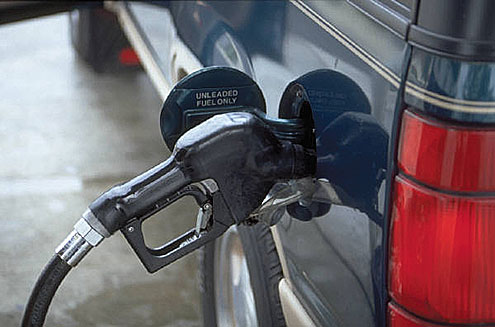By Zach Friend

How are local roads funded?
The majority of local road funding comes from the state gas tax and occasional bond funding. The state gas tax is not indexed for inflation and has not increased since 1994. As cars become more fuel efficient (and electric vehicles become more common) this funding stream has become much less reliable. This funding is used for everything from local road repairs and highway improvements to bridge (including bike/pedestrian bridges), and the proposed trail network. A second funding mechanism comes from a property tax assessment of a little over $50/year per parcel, which brings in about $2.7 million locally.
Unfortunately this amount is not enough to maintain the over 600 miles of roads in the unincorporated County area. However, we have been working closely with our state elected officials on increasing the amount of funding for our local needs. Recently I joined with elected officials and transportation experts from Monterey, San Luis Obispo and San Benito counties in Sacramento to meet with the Governor’s Secretary of Transportation and legislative leaders in the Assembly and Senate to highlight the conditions in our counties and the need for state support.
What are the current state proposals?
- Assembly (AB 1591 — Assemblymember Frazier): The Assembly bill is the largest and most aggressive of the funding proposals looking to bring in about $7.8 billion in annual statewide transportation funding.
The key elements are that it would restore the gas tax to 17.3 cents (the previous amount before reductions), index it for inflation every three years, add a road user fee on electric vehicles and have a $38 annual vehicle registration fee.
- Senate (SBx1 Senator Beall): The Senate bill provides about $6 billion in annual statewide transportation funding. It also restores the gas tax to 17.3 cents and indexes it to inflation every three years, it adds a smaller road user fee on electric vehicles and has a smaller ($35) annual vehicle registration fee.
- Governor: The Governor’s proposal is the smallest of the three proposed and would bring in about $3.6 billion annually. It also restores the gas tax to 17.3 cents but indexes it to inflation every year. However there are no electric vehicle fees and no vehicle registration fees. A system wide road access/highway user fee of $65/year replaces them.
The negotiations on these bills have just begun. While it’s unclear if any of them will ultimately pass this is the most committed to a transportation funding package the governor and legislature have been in quite some time. Currently, all of the proposals at the state look to local governments to have a “self-help” tax measure in place to leverage funds. This is one reason (of many) that a local sales tax measure for transportation is being proposed for the November ballot.
What is the current local proposal?
Meeting local transportation needs is very challenging, but state action (should it come through) can have a real impact on our local issues.
Visit www.tpgonlinedaily.com/state-slashing-transportation-funding/ for more information about this subject.
•••
As always, I’d love to hear your thoughts. Feel free to call at 454-2200.